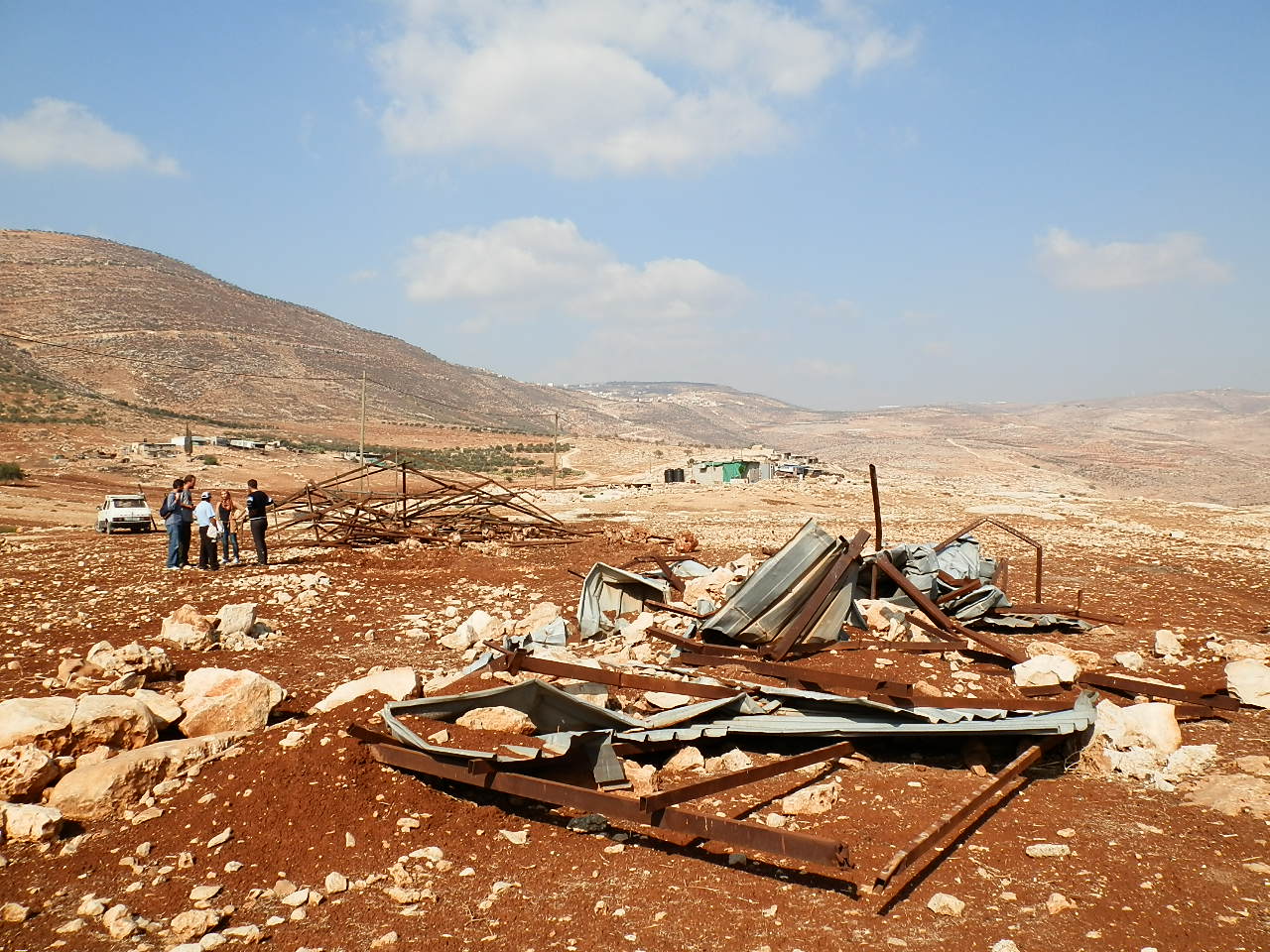Tag: House Demolition
-
Shelter and water tank demolished in the village of Tawayel
20th November 2013 | International Solidarity Movement, Nablus Team | Tawayel, Occupied Palestine Today, 20th of November, the Israeli army entered Tawayel, a village next to Aqraba, south of Nablus, to demolish a well and a shelter belonging to two families. At approximately 6:00 in the morning, for the third time this year, around 30 soldiers arrived with…
-
Demolition order in the village of Tawayel
29th October 2013 | International Solidarity Movement, Nablus Team | Tawayel, Occupied Palestine Today, Tuesday 29th October, Israeli soldiers invaded the village of Tawayel in the early hours of the morning to demolish several buildings and a water reserve. The demolition continued into the afternoon, where two international activists were detained before being released shortly…



